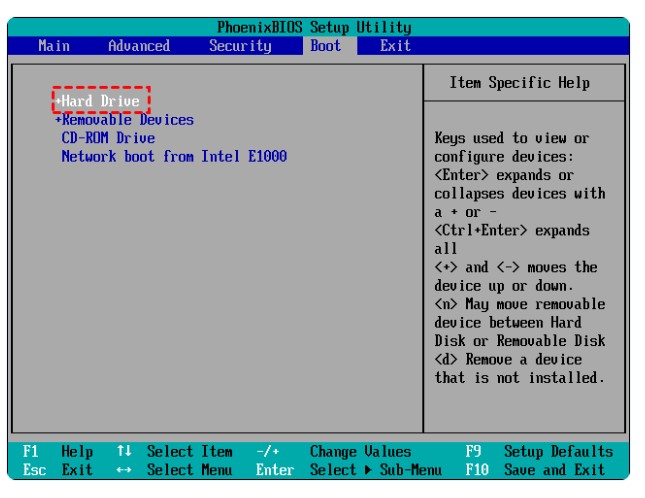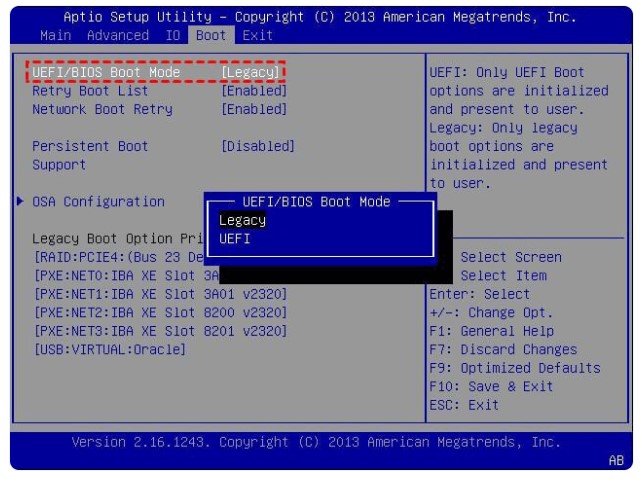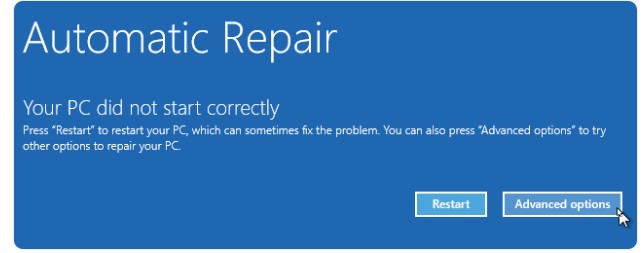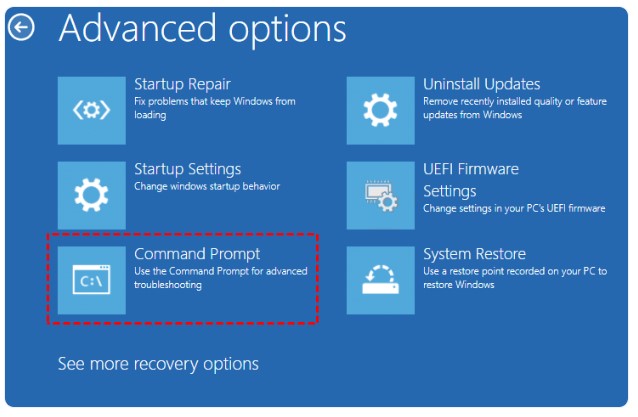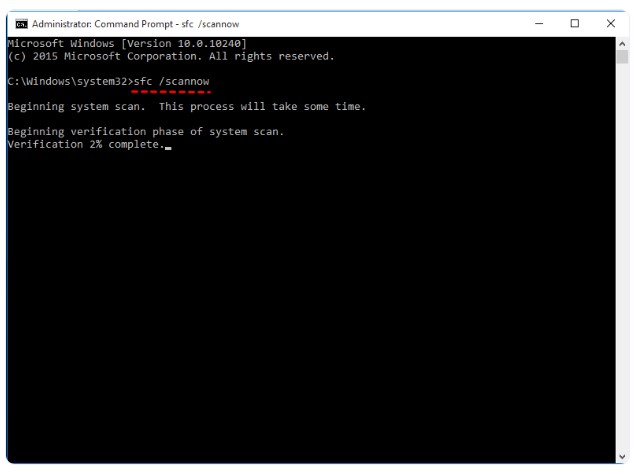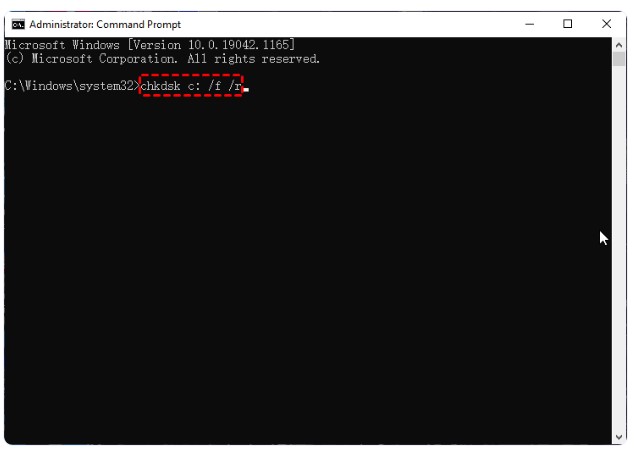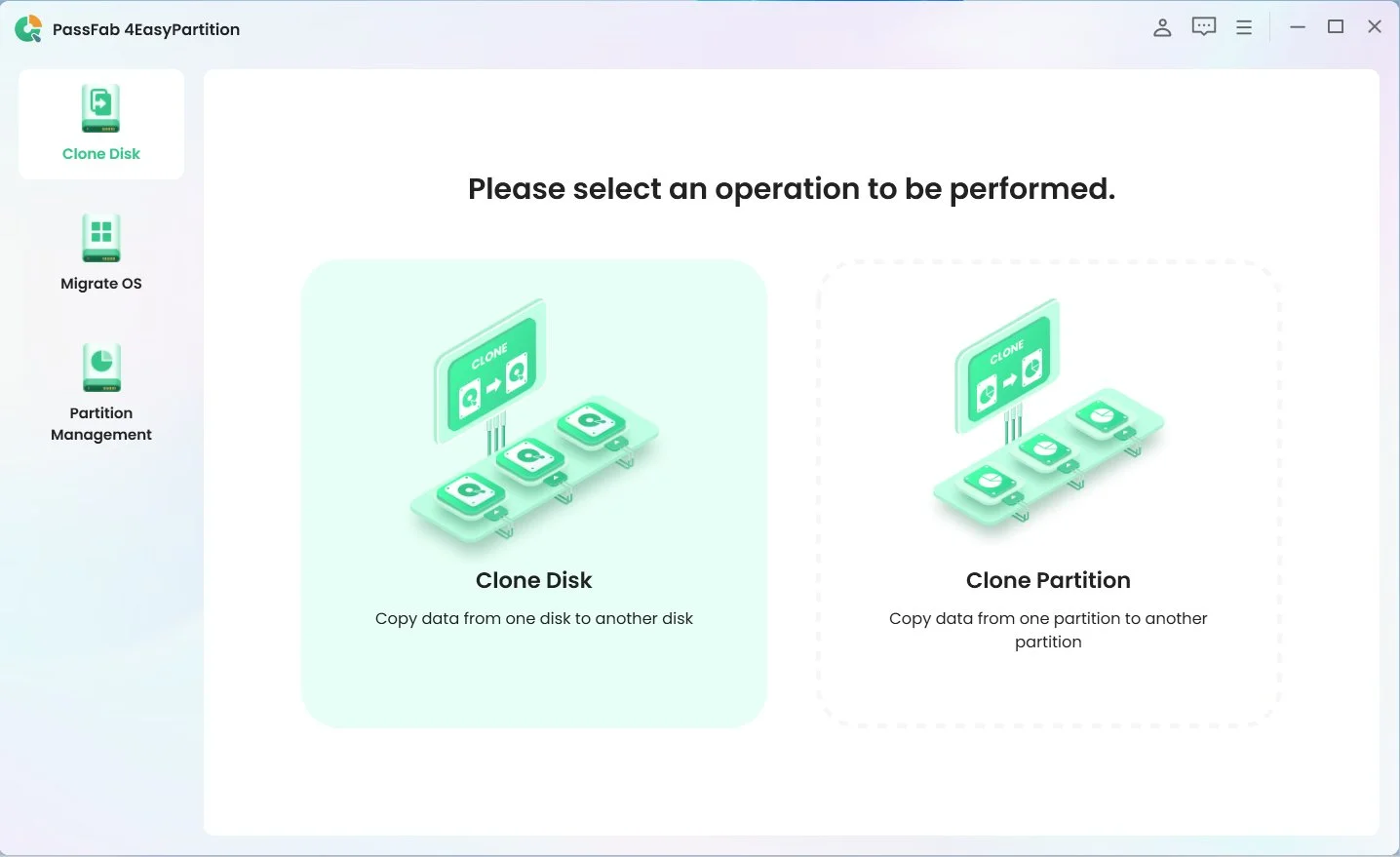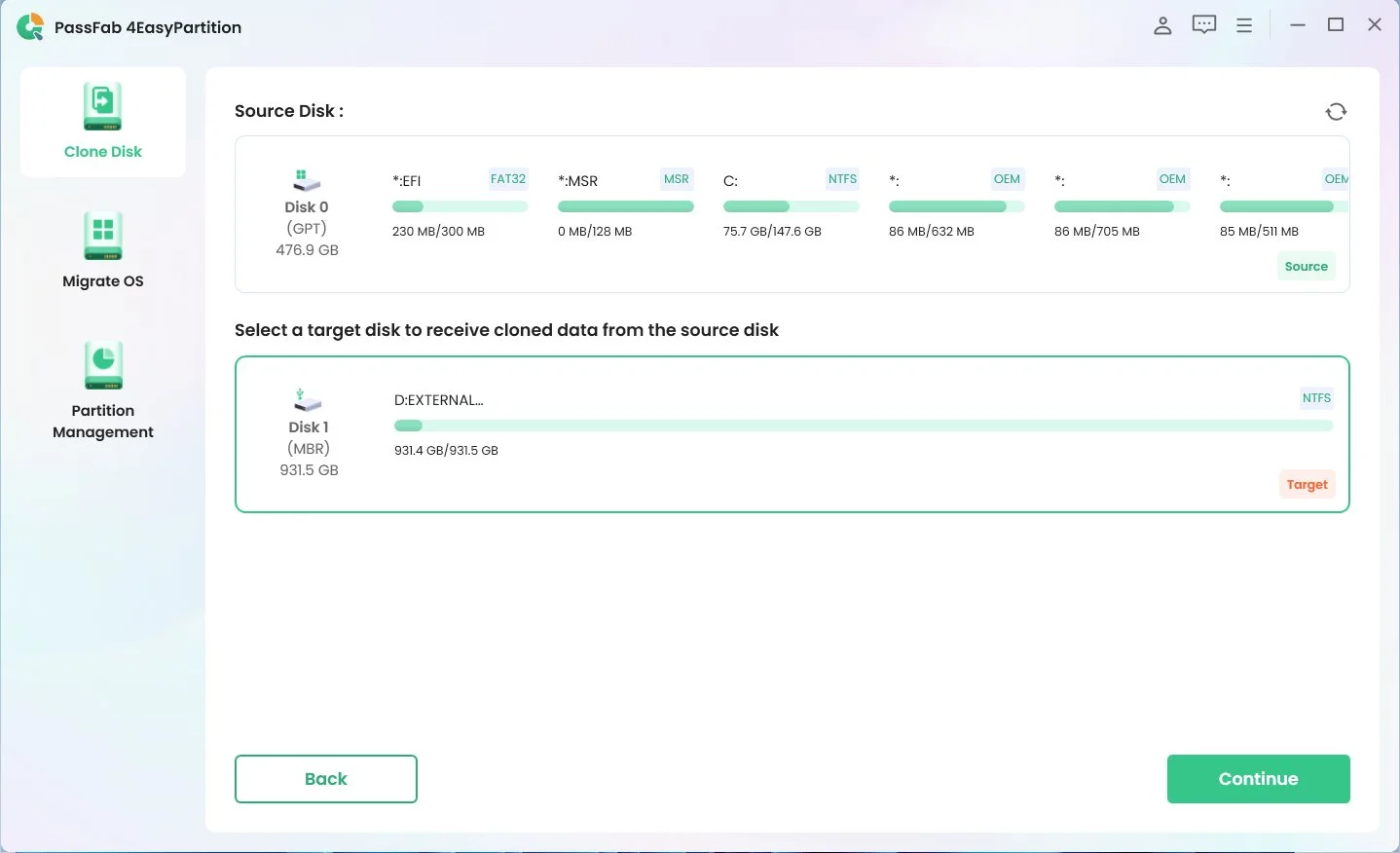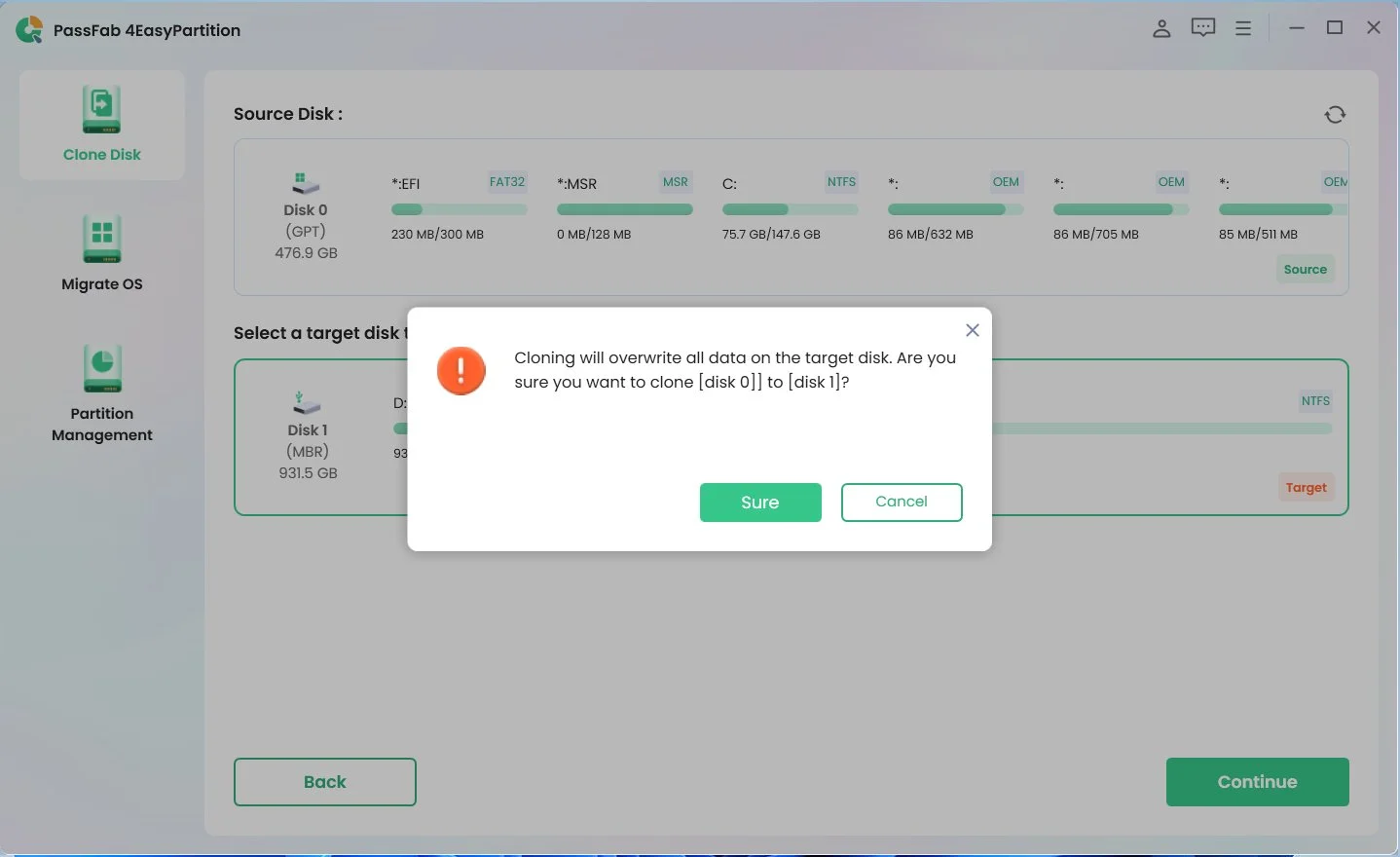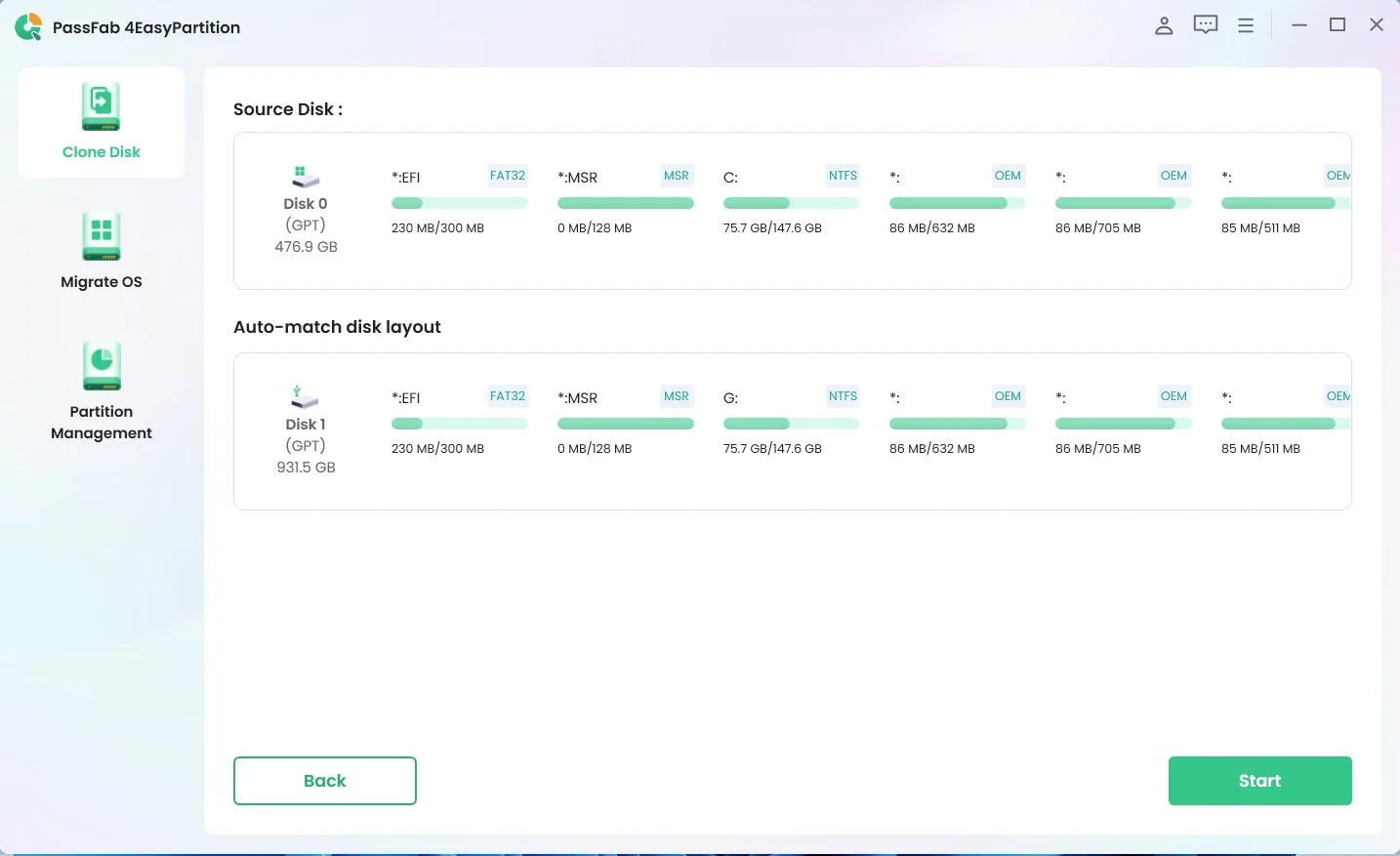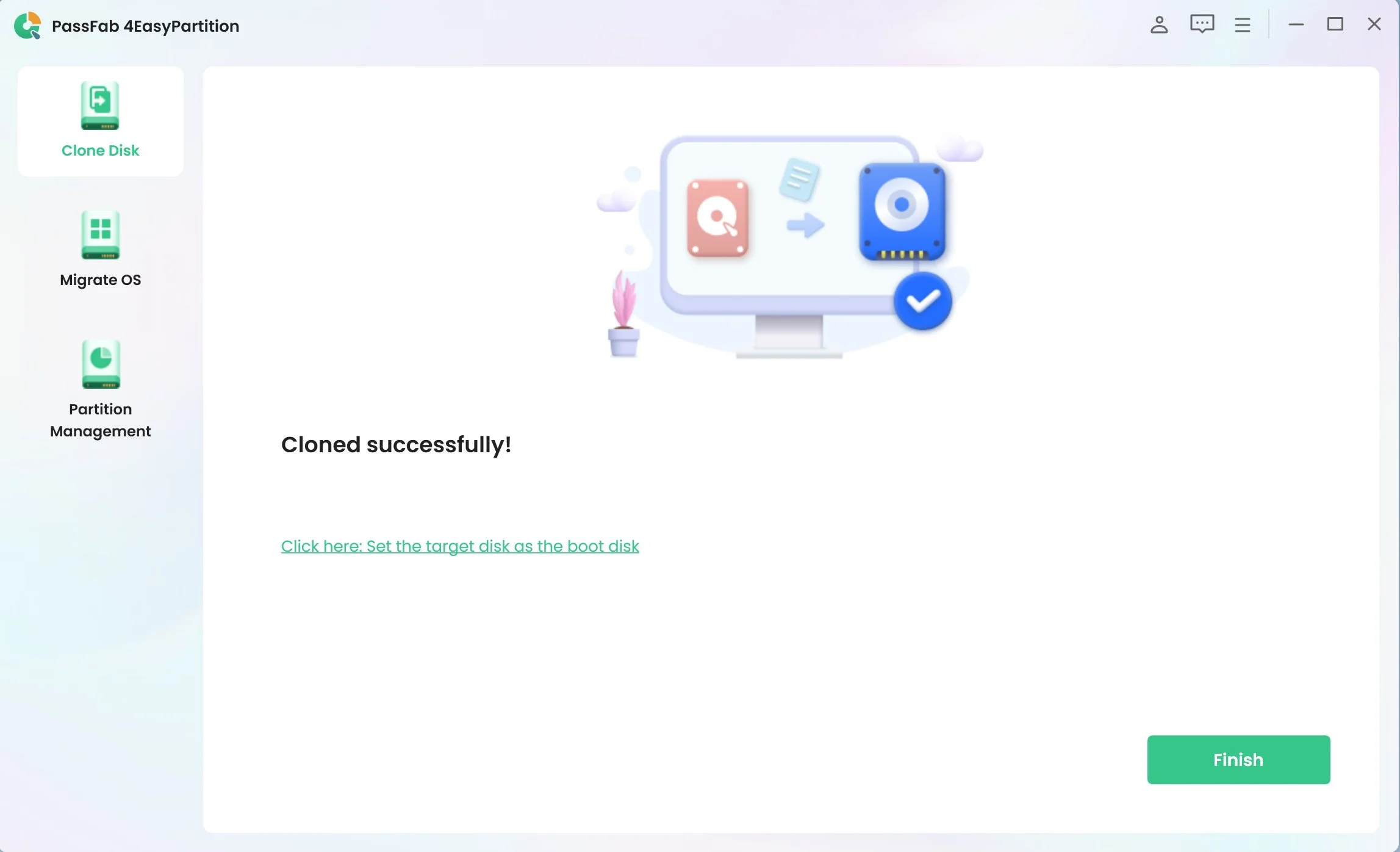Have you ever encountered an "inaccessible boot device after clone" error on your computer? This issue can be frustrating, especially when unsure what caused it or how to fix it. Cloning your hard drive should be straightforward, but sometimes things don't go as planned. Whether it's an inaccessible boot device after cloning to an NVMe drive or encountering the issue on Windows 10 after clone, this guide is here to help. In this blog, we will explore the possible causes of this error and provide five quick methods to get your system up and running again. Stay tuned as we introduce you to the best bootable disk cloning software you should know about PassFab 4EasyPartition.
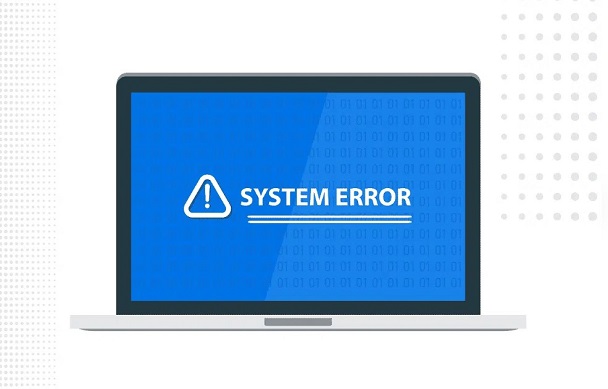
Part 1: Possible Causes of ‘Inaccessible Boot Device After Clone’ Issue
Part 2: How to Fix the ‘Inaccessible Boot Device After Clone’ Issue?
- 1. Make the Cloned Drive as the Primary Boot Option
- 2. Check if You Have Cloned the Incorrect Disk
- 3. Change the UEFI/BIOS Boot Mode
- 4. Run SFC Scan
- 5. Run the CHKDSK Utility
Part 3: The Best Bootable Disk Cloning Software You Should Know!Hot
Final Thoughts
Part 1: Possible Causes of ‘Inaccessible Boot Device After Clone’ Issue
Understanding the root causes of the "inaccessible boot device after clone" error is crucial before diving into the solutions. Common reasons include:
- Booting from the incorrect drive.
- Conflicts between GPT and MBR partition styles.
- Cloning errors such as selecting the wrong disk.
- Presence of bad sectors on the source disk.
- Corruption of the system during the cloning process.
These factors can significantly affect the bootability of your cloned drive, leading to the dreaded inaccessible boot device error.
Part 2: How to Fix the ‘Inaccessible Boot Device After Clone’ Issue?
To address the "inaccessible boot device after clone” challenge, we present five reliable fixes that can help restore your system's functionality.
1. Make the Cloned Drive as the Primary Boot Option
Incorrect boot device selection can trigger the inaccessible boot device error. If your system houses multiple hard drives, adjusting the BIOS to prioritize the cloned drive as the primary boot option is advisable. Here’s how:
- Restart your PC. Press the designated key (often F2, F8, F12, Del) to access the BIOS Setup as the startup screen shows.
- Navigate to the Boot section and set the cloned hard drive as the primary boot device.
-
Save the changes by pressing F10 and reboot your computer to see if it starts correctly.

2. Check if You Have Cloned the Incorrect Disk
One of the critical steps in resolving an inaccessible boot device after a clone error is to confirm that you've cloned the correct disk. This verification process is crucial because cloning the wrong disk could inadvertently cause boot issues, leading to system instability or even data loss. Review your cloning process to confirm that the right source and target disks were selected. Incorrect disk cloning can lead to boot issues and system instability.
3. Change the UEFI/BIOS Boot Mode
Compatibility between your drive's partition style and the system's boot mode is essential for a successful boot. MBR partitions typically require Legacy boot mode, whereas GPT partitions work with UEFI boot mode. To adjust the boot mode:
- Reboot your PC and enter BIOS Setup by pressing the required key at startup.
- Find the "Boot" tab and select "UEFI/BIOS Boot Mode," then pick "Legacy" or "UEFI" based on your partition style.
-
Save and exit BIOS. Restart your computer to test the change.

4. Run SFC Scan
Corrupted system files from the cloning process can cause boot issues. Running a System File Checker (SFC) scan can help identify and fix these problems:
-
Boot your computer into Advanced Startup Options.

-
Select Troubleshoot > Advanced options > Command Prompt.

-
Type sfc /scannow in the command prompt and hit Enter to initiate the scan.

5. Run the CHKDSK Utility
To address and resolve issues caused by bad sectors or malware on the source disk, leading to the inaccessible boot device error, you can utilize the CHKDSK utility. This tool checks the disk for errors and attempts to repair them as needed. Here's how to properly use CHKDSK:
- Start your computer using the original disk instead of the cloned one to ensure you have access to the system's utilities.
- Press the Windows key, type "cmd" in the search bar, right-click on Command Prompt, and select "Run as administrator" to launch Command Prompt with administrative privileges.
-
Type chkdsk c: /f /r and press Enter in the Command Prompt window. This command prompts CHKDSK to fix errors on the disk (/f) and locate bad sectors, recovering readable information (/r).

- If the disk is in use, CHKDSK will ask if you want to schedule the disk check to run on the next restart. Type y for yes and press Enter to confirm.
- Allow your computer to reboot, and CHKDSK will start before the system boots up. This process can take some time, depending on the size of the disk and the extent of the errors.
- Re-clone your drive after completing the CHKDSK scan and addressing any detected issues. Once cloning is completed, boot from the cloned disk to verify if the inaccessible boot device error has been resolved.
Part 3: The Best Bootable Disk Cloning Software You Should Know!
Choosing the right software for disk cloning is imperative for a hassle-free and effective data transfer. PassFab 4EasyPartition shines as a leading partition management tool for Windows, designed to facilitate effortless operating system migration to SSDs or HDDs in just a few simple clicks. Its standout features encompass:
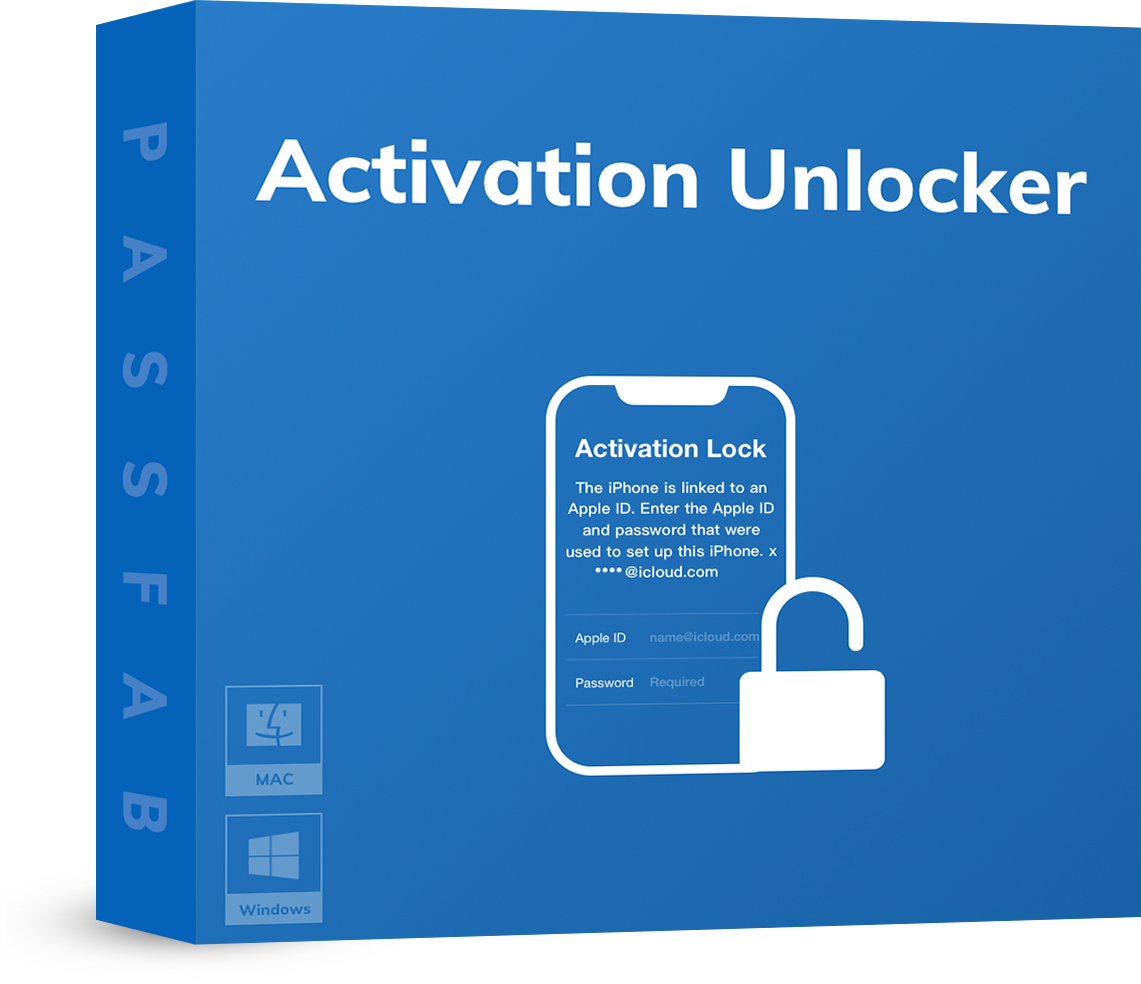
PassFab 4EasyPartition
- A highly efficient disk cloning capability that ensures a replica of your existing drive, preserving all your data, applications, and settings without any loss.
- Robust data migration security measures protect your information during the transfer process, ensuring your data remains intact and uncorrupted.
- An intuitive user interface that simplifies the cloning and migration process, making it accessible even to users with limited technical knowledge.
- With these features, PassFab 4EasyPartition provides a comprehensive solution for users looking to upgrade their storage or create reliable backups, combining ease of use with powerful functionality.
PassFab 4WinKey has Recommended by many medias, like macworld, makeuseof, appleinsider, etc.





How to use PassFab 4EasyPartition to clone a disk?
Efficient disk cloning is critical for data migration, system upgrades, or backups. With PassFab 4EasyPartition, the process is streamlined and user-friendly. Here’s a detailed guide to ensure a smooth cloning experience:
*An OTG cable is required
-
Launch and Select
After installing PassFab 4EasyPartition, open the application and choose the “Clone Disk” feature to get started. This prepares the software for the cloning operation.
-
Choosing the Target Disk
Identify and select the disk you wish to clone to. Proceed to the next step, acknowledging that all data on the target disk will be overwritten.
-
Confirmation Alert
A warning message will appear, reminding you that continuing the process will erase the target disk's data. Confirm to proceed only after ensuring you have no crucial data on the target disk or that it's been backed up elsewhere.
-
Review and Start Cloning
Before the cloning begins, you'll see a preview showing details of both the source and target disks. Verify these details to ensure accuracy, then initiate the cloning process.
-
Finalizing the Process
Wait for the cloning to complete. Once done, you may be prompted to refresh or 'Reload' to properly recognize the newly cloned disk. Finish any remaining prompts to conclude the cloning process.
By following these streamlined steps with PassFab 4EasyPartition, you can efficiently clone your disk, ensuring a smooth transition to your new storage device without unnecessary complications.
Final Thoughts
Dealing with an inaccessible boot device after a clone issue can be daunting, but it's manageable with the right approach and tools. You can overcome this hurdle by understanding the potential causes and applying the outlined fixes.
Remember, tools like PassFab 4EasyPartition are crucial in ensuring a smooth cloning process, significantly reducing the risk of encountering an inaccessible boot device error. Always prioritize data backup and choose reliable software to maintain your system's integrity during such operations.
*An OTG cable is required
